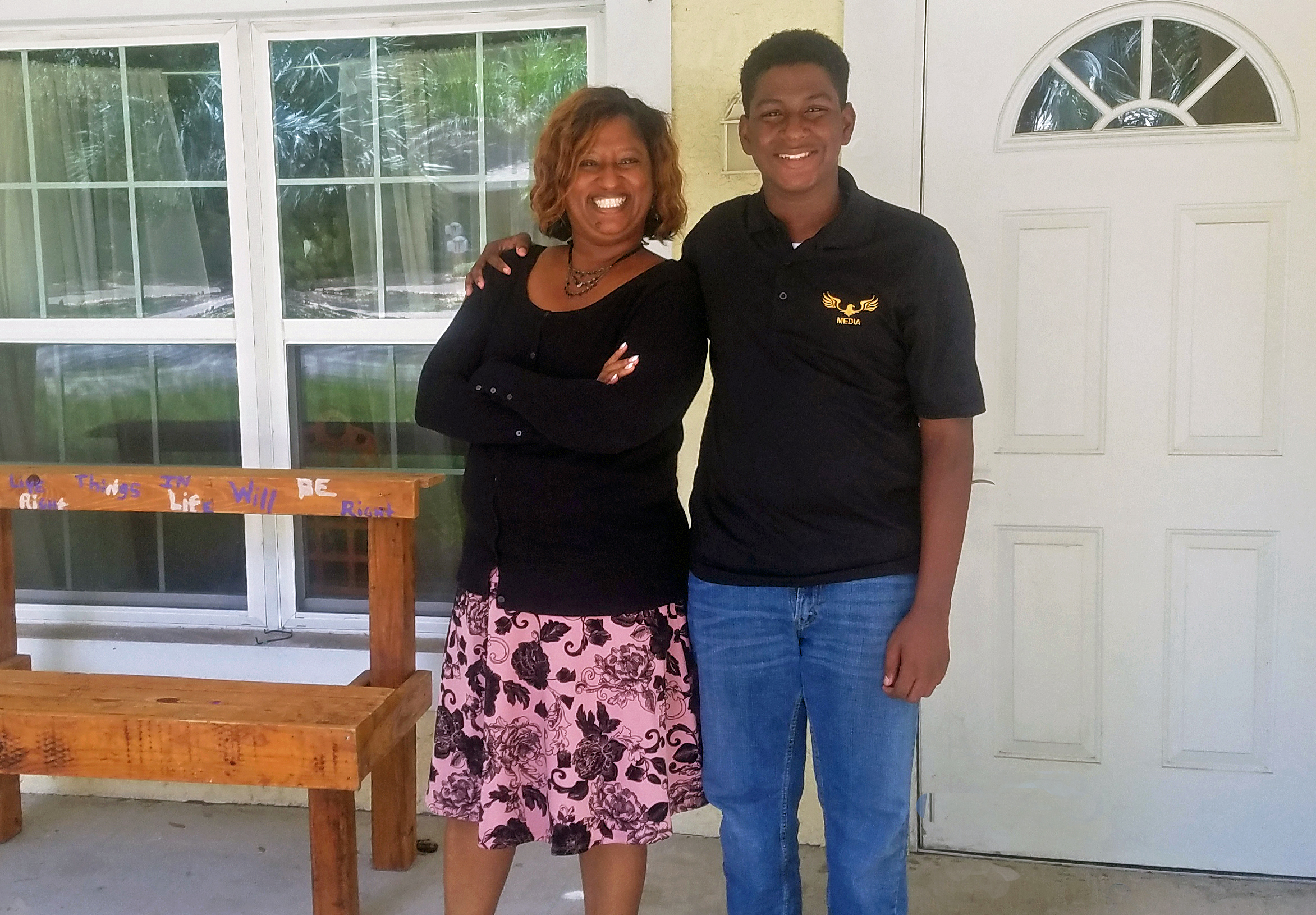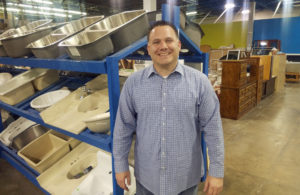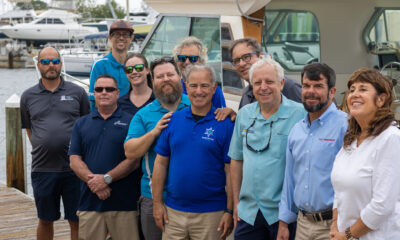Know
Affordable housing: St. Petersburg in crisis?

Part one in a series.
As St. Petersburg’s reputation grows, so does its desirability as a place to live. Creeping gentrification of South St. Pete neighborhoods including Palmetto Park, Bartlett Park and Roser Park is making the construction or rehabbing of affordable housing increasingly difficult.
Mike Sutton, CEO of Habitat for Humanity of Pinellas County, says there’s an affordable housing crisis in our midst. The nonprofit, which has operated here since 1985, enters into a contract with potential homeowners: Habitat buys the land, builds the house to suit and assumes the mortgage, then sells the note to a local bank. The sweet spot? An interest-free mortgage, much easier to pay than monthly rent.
Habitat will dedicate its 500th Pinellas home – over 33 years – in October.
“Habitat’s just one piece of the puzzle,” says Sutton. “We’ve really focused on single-family home development. We don’t do multi-family, we don’t do apartments, we don’t do rental. With that, it’s hard to find affordable land to build on.”
In addition to St. Pete’s ongoing and perhaps inevitable gentrification – rebuilding neighborhoods with middle class (i.e. more expensive) homes – the land that’s available on our peninsula-within-a-peninsula is always going to be finite.
Add to that, Sutton explains, the fact that “Fifty percent of the county is unbuildable for us. We would never build on the flood plain, because our homeowners wouldn’t be able to afford the flood insurance.
“So when you take the other 50 percent of the county that is buildable for us, you have to carve out parts of the community that are too expensive and that kind of thing, so it really doesn’t leave a lot of space for us to develop.”

Mike Sutton, CEO of Habitat for Humanity of Pinellas County. “When we live in one of the most densely-populated counties in the United States,” he says, “there’s not a lot of room for development.”
A majority of Habitat for Humanity homes are now being built in Tarpon Springs, Clearwater and Largo. Which makes for a longer, and less cost-effective, commute for those who work in St. Pete.
Construction costs have increased 40 percent in the last three years – Sutton worries that St. Pete is looking at a tipping point where affordable housing is no longer affordable.
In 2008, Tamara Davis was at her wits’ end. She lived with her three children – ages 14, 13 and 7 – in a two-bedroom apartment on the south side. It wasn’t a rat trap, she stresses today, but it was tiny, the rent was high, and the utility bill was outrageous.
Although she had a good job, as a customer service representative for Franklin Templeton Mutual Funds, her income wasn’t enough to qualify her for a traditional mortgage.
Then the family lost 90 percent of their belongings in a fire. When they were moved into another small apartment, in the same complex, Tamara Davis made the decision to swallow her pride and apply to the Habitat for Humanity program.
The organization, which receives 200 applications per month, has a strenuous screening process, including home visits and background checks. Once accepted into the program, the potential homeowner must contribute “sweat equity hours” – painting, caulking, laying sod or doing whatever’s called for during the construction of another house.
“For me, that’s like sowing and reaping,” says Davis. “You’re sowing all of these hours into other homeowner candidates’ homes, and then you cycle back around to when you get your own home. So that’s the great part of helping someone else achieve the same thing that you’re about to achieve.”
There are also classes on home and yard maintenance, and on being a friendly and responsible neighbor.
“It got stressful,” Davis recalls. “Because when you’ve got a background where you’ve had so many life events happen to you that are not good, in the back of your mind you’re scared that something’s going to mess this up. It gets stressful, because you’re ready to get to the end, to walk into your home, to turn that key into your own house.
“A lot of homeowners probably won’t say it out loud, but I know it was at the back of my mind.”
Davis aced it all, and she and her family were assigned one of three neighboring Habitat homes under construction in the Jungle Prada section of North St. Pete (she actually worked on all three for her sweat equity hours certification).
They moved into the four-bedroom home at the end of 2010. “We had a Christmastime dedication,” she says. “We officially closed on the house Dec. 21. I hadn’t planned on moving in till the month after, because I had to give my apartment complex notice and so forth. But we walked in and children said ‘Mama, we don’t want to go back to the apartment.’ So we just stayed here.”
Today, her mortgage payments are lower than the amount she was shelling out in rent; with the energy efficient windows and new appliances in the house, her utility bills have been cut in half. “It’s a simple home, but it’s a beautiful home,” Davis says. “And it’s a sturdy home.” One of her fellow homeowner candidates is her next door neighbor.
Her eldest son and daughter, now in their 20s, have moved out and on to lives of their own. Davis lives with her 14-year-old son Caleb, a student at Boca Ciega High School.
Davis is a non-voting member of the Habitat for Humanity board. According to Sutton, she was offered the position because she can speak on homeowner issues and concerns; hers is a valuable perspective. She also does “home visits” for families just starting the application process.
According to Zillow, the median home value in St. Petersburg is $210,000; home values have gone up 14.6 percent since 2017, and a 6 percent increase is predicted this year.
Although 75 percent of the families served by Habitat in Pinellas County are single-mother families, Sutton believes the current crisis is far-reaching.
“If Pinellas County is going to continue to be a vibrant place to be,” he says, “there has to be a place for affordable housing. You can’t have such a large tourist community and not have places for the employees of some of these big resorts and restaurants to live. If they don’t have a place to live, that’s going to make it hard for these businesses.
“Affordable housing impacts economic development, it impacts tourism, and our community will be stronger.”
NEXT: We’ll talk with area politicians and others about the city’s affordable housing crisis, and its possible solutions.








Isaura Medina
July 30, 2018at9:06 pm
How can i apply for this?im in polk county